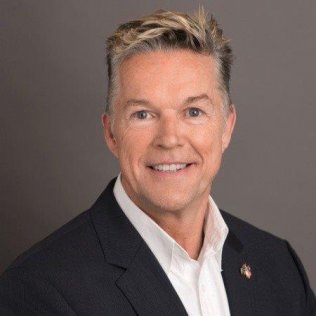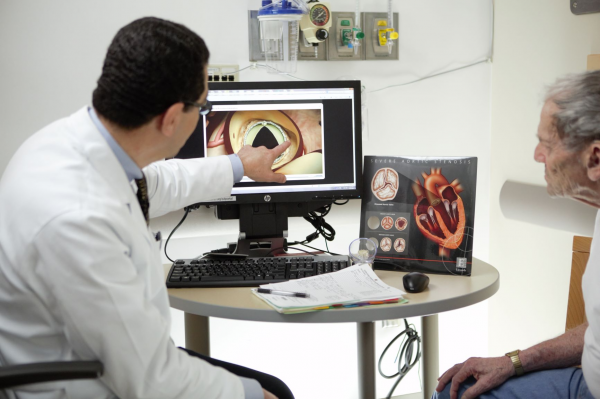Pat Williams, the managing director of Edwards Lifesciences Australia, New Zealand and Korea, talks about a significant milestone in the journey of improving the lives of people living with a serious cardiac disease.

Yesterday on this day (21 September 1960) 60 years ago a cardiac milestone was achieved for those with heart valve disease.
Philip Amundson, 52-year-old from Washington state, received his Starr-Edwards 'caged-ball' artificial valve, which had been developed by Dr Starr and Lowell Edwards.
It was this valve that started the journey that now means today patients can receive a small incision in the groin and have keyhole technology known as a transcatheter aortic valve implantation (TAVI) to replace their valve without having to crack open the chest.
Back in 1958 Miles 'Lowell' Edwards set out to build the first artificial heart. Edwards was a 60-year-old, recently retired engineer holding 63 patents in an array of industries, with an entrepreneurial spirit and a dream of helping patients with heart disease.
His fascination with healing the heart was sparked in his teens when he suffered two bouts of rheumatic fever.
Lowell Edwards presented the concept to Dr Albert Starr, a young surgeon at the University of Oregon Medical School, who thought the idea was too complex. Instead, Dr Starr encouraged Edwards to focus first on developing an artificial heart valve, for which there was an immediate need.
After just two years, the first Starr-Edwards valve was designed, developed, tested, and successfully placed in a patient.
Just last month we had the privilege of 82-year-old Colin MacFarlane from Penrith and his daughter visit our offices in Sydney.
As a young boy, Colin like Lowell Edwards suffered from rheumatic fever. He tells the story of how at the age of 14 years old at a yearly medical at Penrith high school he was diagnosed with having a heart murmur.
In December 1973 at Royal Prince Alfred Hospital at the age of 35 years old Colin received his Starr-Edwards valve. He is now in his 47 years and counting.
Colin recounts how he had to wait 6 months for the valve to arrive from the US and was told it would last 10-15 years before needing to be changed.
“But once we got to 15 years, I think everybody threw their hands up in the air and said ‘pick a number, we don’t know’,” said Mr MacFarlane.
“So here we are in the 47th year, something turned out alright, but it seems like it’s indestructible.”
The valve greatly improved his quality of life. As his daughter, Cheryl says, “It has given dad a huge quality of life. He’s enjoyed the last 20 years of retirement driving an F250 truck dragging a 22ft caravan around Australia.”
Dedicated to improving the lives of patients with structural heart disease, Edwards Lifesciences commitment to transformational heart valve technology has come a long way since 1960.
The move from mechanical valves to animal tissue bioprosthesis valves in the 1970s and now today TAVI the innovative solutions for patients like Colin have come a long way in 60 years.
The leaps and bounds over the years would not have been possible without partnering with clinicians like Albert Starr, Thomas Fogarty, Toby Cosgrove, Alain Carpentier and Alain Cribier.
Earlier this year, the Therapeutic Goods Administration approved the Edwards Lifesciences TAVI for all patients with severe symptomatic aortic stenosis.
This is an opportunity for clinicians to consider a less invasive treatment option that has demonstrated excellent patient benefits, including a quicker return to everyday activities, and efficiencies for the broader healthcare ecosystem.
Meeting the unmet needs of patients suffering structural heart disease is what drives us but on this day some 60 years ago who would have thought this momentous accomplishment would pave the way for the development of countless innovations in the field of cardiology which has helped millions of patients worldwide.
